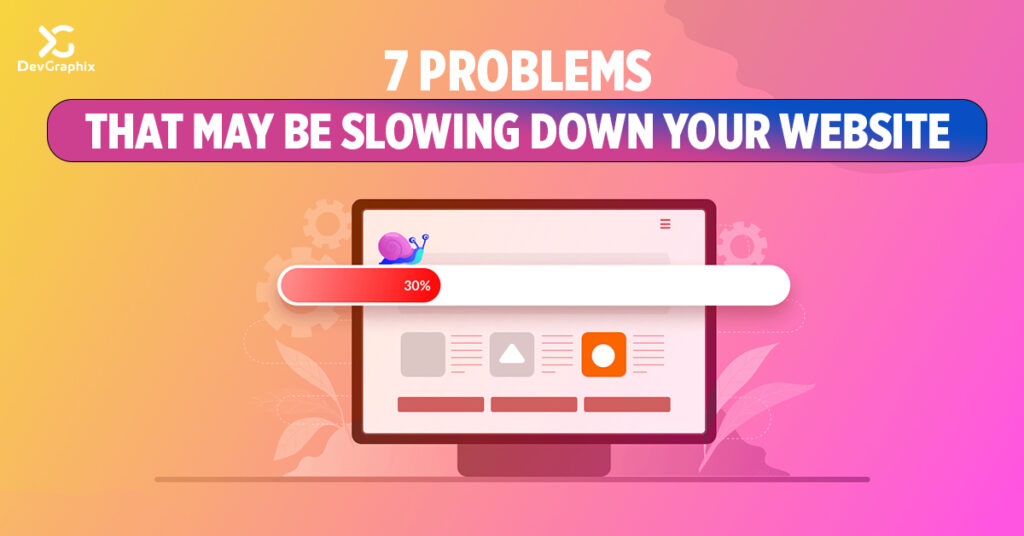Do you ever see the sudden drop of first page seo rankings? Have you ever experienced fluctuations in seo rankings on your top performing keywords? But have you ever wonder how and why it happens?
Every page and website will suffer a drop in clicks, and impressions or rankings in search engine result pages because search engines always keep updating new algorithms to filter out spam and other spammer’s techniques to manipulate search engine rankings.
However, it is important for website owners need to know how to deal with drops and fluctuations in seo rankings. Here we discuss the causes of drops and fluctuations in Google Search Engine rankings, their effects, and steps that you can take to recover from them.
Reasons For SEO Ranking Drop And Fluctuations
Several reasons can cause your website to suddenly drop in the search engine rankings. The following are some of the top reasons.
- Google’s Algorithm Change
The Google algorithm changes are inevitable and will happen regularly. The algorithm changes give businesses more opportunities to use new techniques and improve their websites’ ranking via the various ways that they can be used. Some of these changes will have a significant influence on your site’s SEO, while others will have a minor impact. Each of these algorithm changes focuses on a different aspect of SEO, such as keyword stuffing, poor content quality, duplicate content, infringing copyrights, poorly structured pages, and so on.
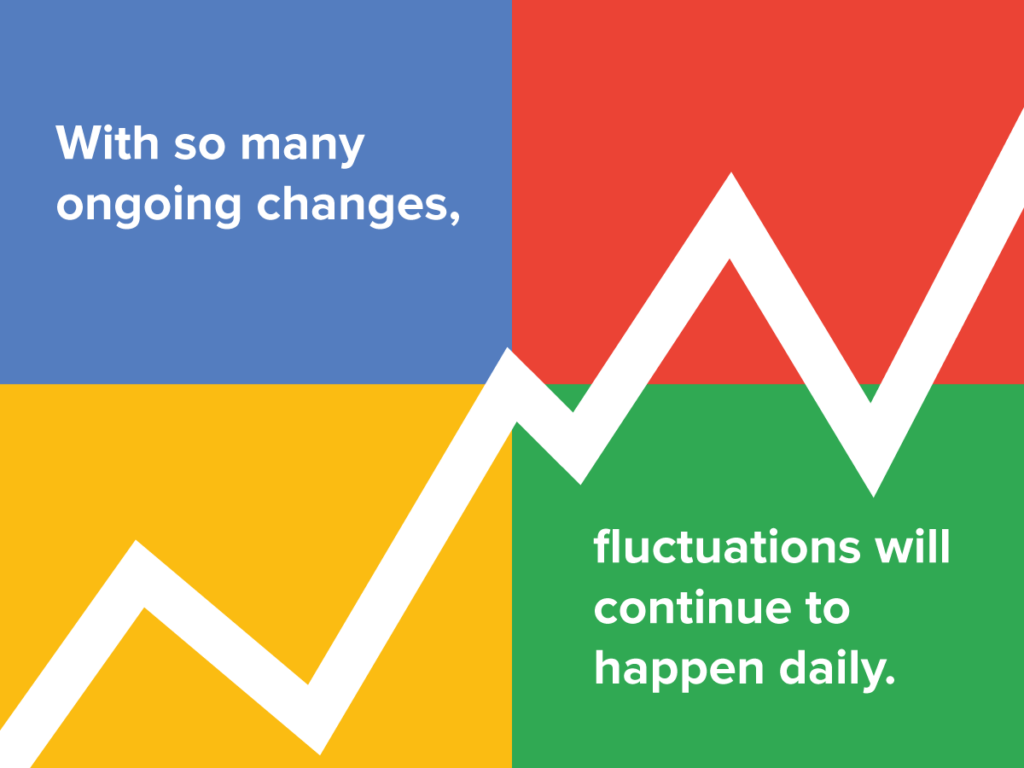
2. User-Agent Spoofing
One or more programs on your website are being tracked by the search engine as a different user agent. To overcome this, all programs tracking the user-agent need to be rebuilt with new information so they no longer appear to be different programs from the one you use every day.
Traditional software methods of detecting spammers and bots may not work when there are millions of these types of bots on a site.
3. Search Console Property Definition Doesn’t Match Your Site URL
Check whether the search console property definition is a correct match of your site URL. If your search console property defined is as http://example.com, but the exact URL is https://example.com, then your website traffic may not have fallen, but you may simply be looking at the wrong property.
The most typical cause of “missing” search traffic is a mix-up between HTTP and HTTPS, so be sure to create a property with the exact URL.
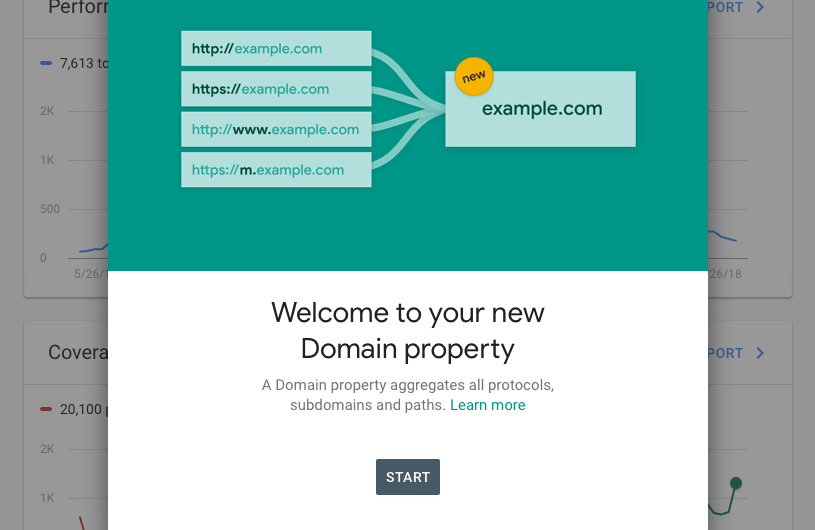
3. Your site hasn’t been crawled (or re-crawled) yet
You recently published or updated your page and requested a (re)crawl, but Google has yet to crawl it. Many people believe that Google will immediately index or re-index a page. Depending on a variety of factors, re-crawling a site can take a week or more.
Please be patient if you’ve uploaded a sitemap or requested a URL crawl. If you haven’t informed Google (through search console) about a page you’ve added to your site, it may take even longer to find it, so you should request a crawl whenever you made an update.
4. Your site has gone lost, or removed, or harmed by a manual action.
- Is your website listed on Google? Verify that your website is still searchable on Google:
- Type a precise URL like www.example.com/food/cake
- Perform a site: search “site:www.example.com”
Here’s how to figure out why your page or site isn’t showing up in Google.
- Check for manual action and security threats
- Examine for Manual Actions Report
- Examine for Security Issues Report
- If you found any security issues or manual actions, follow the instructions on the help pages to resolve them.
- Check your site to see whether you or anyone else has submitted a successful URL removal request. If this is the case, you’ll need to cancel or dispute the request to reappear in search.
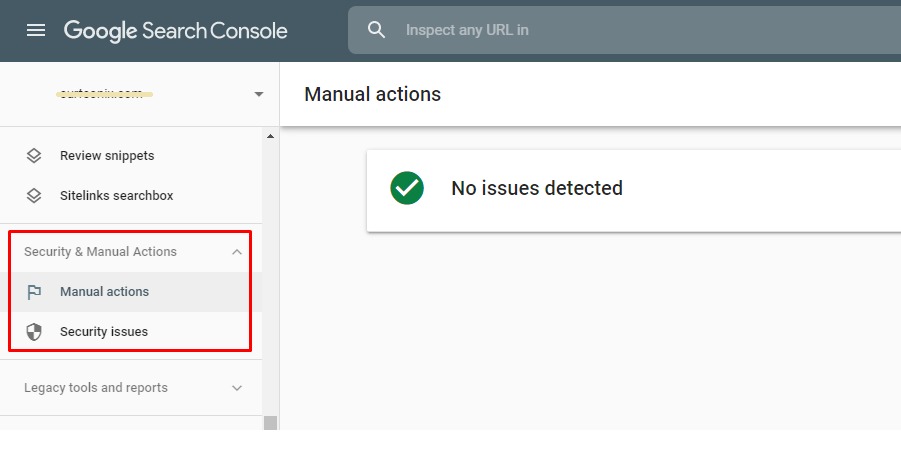
3. Your website was recently relocated.
- Have you changed the name of your domain (from www.example.com to www.testexample.com)?
- Did you rename existing pages on the same site to new URLs (from example.com/contact to example.com/contact-us)?
- Did you upgrade from HTTP to HTTPS?
If you figure out any one of the above applies to your site, check out the troubleshooting section.
How to Fix Drops and Fluctuations in SEO Rankings
After you have identified the cause of your drops and fluctuations in rankings, there are several steps that you can take to try to recover from them.
No matter what you do, Google is very likely to continue to make changes affecting your SEO rankings. That means that it is important for you to always keep track of your rankings and the factors that affect them so that you can identify and fix any problems as soon as possible.
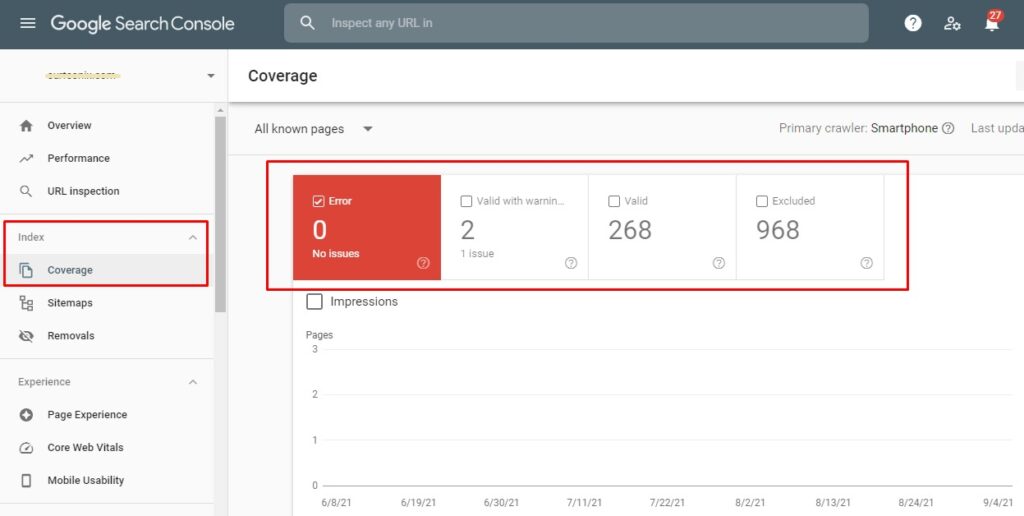
Check Index Coverage
All of your results will fall if Google can’t crawl and index your site, so start by checking your site’s index coverage in Google:
- Open your site’s Index Coverage report.
- Select the report to find the valid pages and check for any indexed page drops. If any, continue checking the report for indexing issues, excluded URLs, and warnings. Look for fluctuations that reflect your indexing declines and investigate further. You should look for clues as to why pages that were previously indexed can no longer be indexed, and the documentation for the issue should include instructions on how to correct the problem. Below are the most common cause, which are:
- New templates can cause problems that affect a huge area of your site at the same time.
- Be careful to follow our site-moving rules and consult our problems guide.
- Issues with permissions, access, or other aspects of crawling will be recognized and detailed in the problem summary table. ‘No index‘ directives, robots.txt exclusions, and site login pages are common examples.
- Request validation of your fixes if you’ve discovered and fixed indexing issues. Validation and re-indexing can take up to two weeks, so check back in a few weeks to see if your traffic has rebounded.
- Continue to the following step, checking your search traffic numbers if indexing issues don’t appear to be an issue.
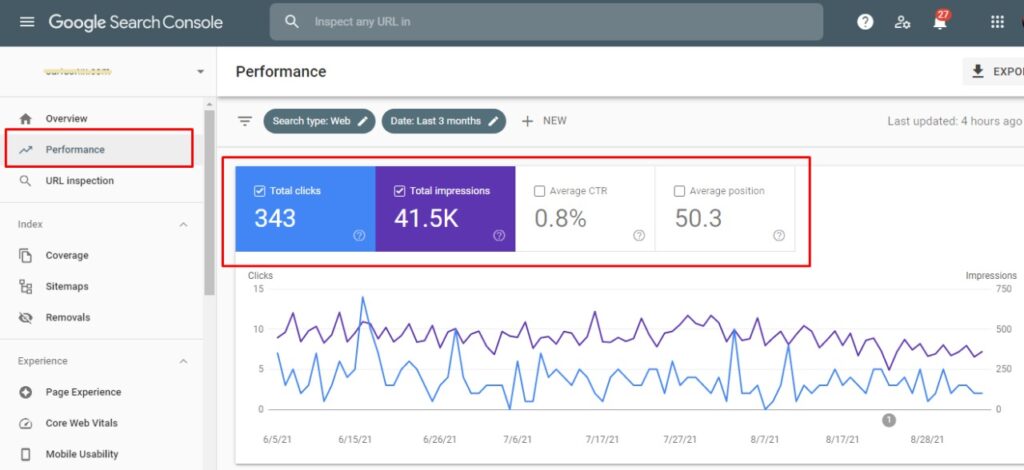
Check Search Traffic
Determine which of your site’s numbers have changed and what matters.
- Open your site’s performance report.
- Display impressions, location, and CTR data.
- To see if your drop is tied to a specific category, look at your search traffic by query, country, and device. If you see a decrease in a specific category, look into it further:
- Mobile Usability report if your mobile traffic has decreased
- URL Inspection Tool, if specific page traffic was dropped
- Check whether it is a periodic drop or not.
If you can identify a variation in your drop over a week, month, or year, consider how it relates to the content on your website. For example, if you have a women’s clothing store, make sure to highlight age groups, categories, etc., for better user understanding.
- CTR drops without a corresponding decline in impressions.
If people find your site but just don’t click through, the most likely reason is that other search results are more appealing. This could be because other sites have more meaningful titles, snippets, or search features, or because people believe other sites to be more trustworthy or authoritative.
- Perform competitor analysis to see what additional search features they have, how much they are effective?
- Learn and try improving website titles, descriptions, and snippets.
- CTR and impressions drop.
Here are some things to look at if your site’s impressions and CTR have dropped significantly:
- Is your website compatible with mobile devices?
- Is your search result now below the fold?
- Is your website appearing for related searches or queries?
- Is your website targeted at the wrong audience or language?
- Is your website have a canonical tag?
Confirm whether your site has these issues or not, if have, fix them as soon as possible.
- Check to see if you’ve experienced a considerable and consistent drop in position.
If you see a significant and consistent decline in position, you can try to correct it, which is induced by one of the following factors:
- Another site has outperformed yours in terms of quality or relevancy.
- Your website content may less valuable or inaccurate or not up to the SEO guidelines.
- Trouble being found or read by Google.
- Having mobile usability issues.
- The volume and quality of backlinks were dropped.
- New algorithm update.
- Drop in AMP impressions, clicks, and position
If you don’t get a rich result for your AMP results, your AMP rating and CTR may suffer. Check to see if your AMP pages are being indexed and if they qualify for rich results.
It’s better to avoid focusing too much on absolute position, even if it is only a minor fluctuation. The ultimate measure of success for your site is impressions, clicks, and overall visitor count. Moreover, SEO is not an overnight success, so be patient and never do any fixes beforehand to avoid issues in the future, It may worsen the current condition.
If found any vulnerable issues, get in touch with our professionals to get the best SEO solutions and website maintenance services, which cover up all ran drop and fluctuation issues.










